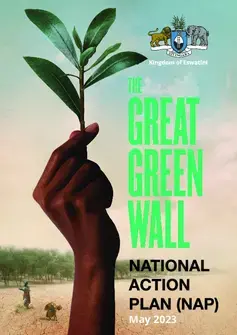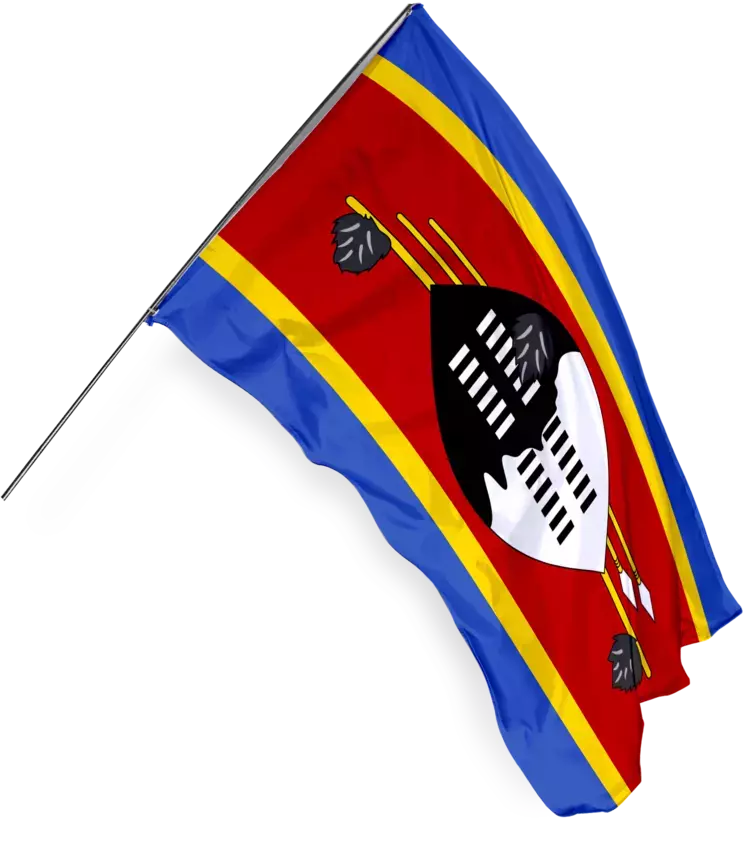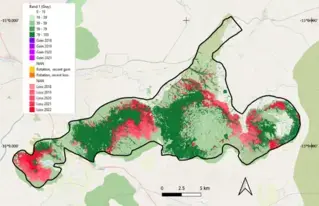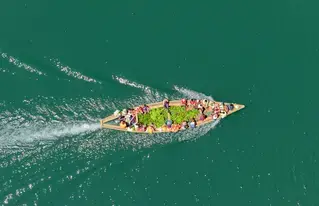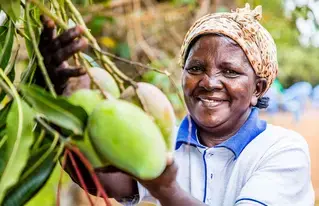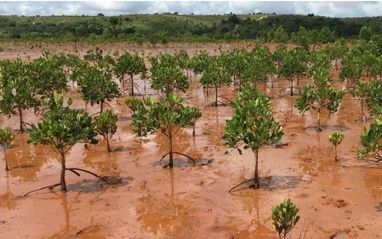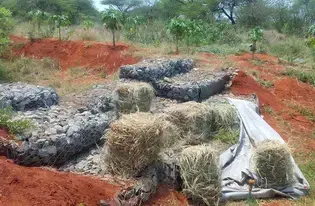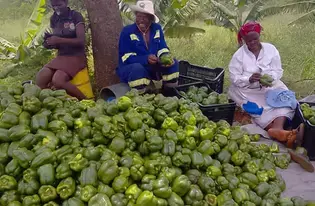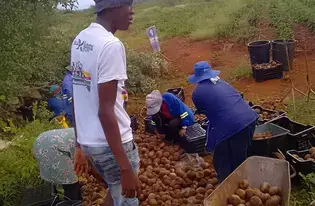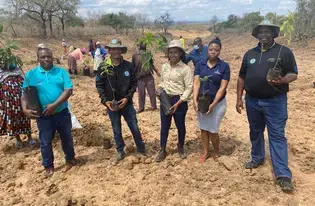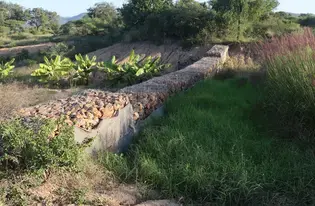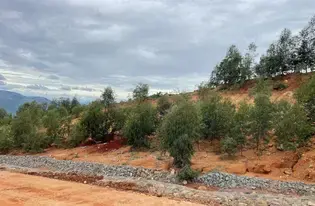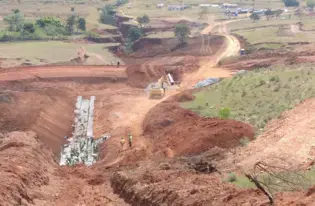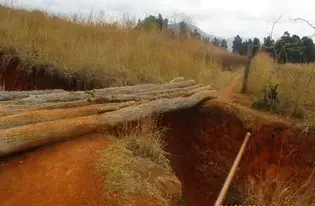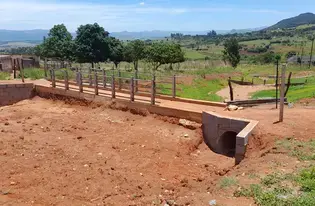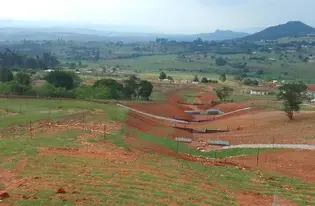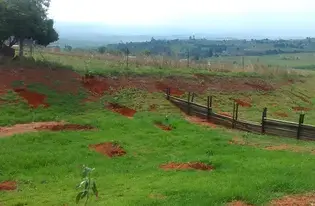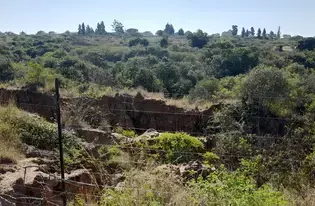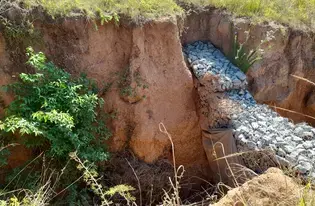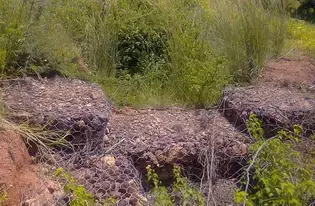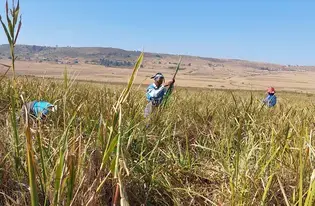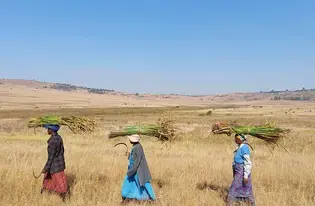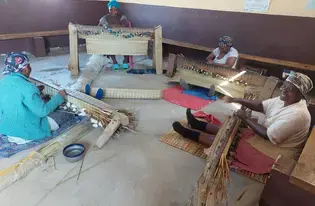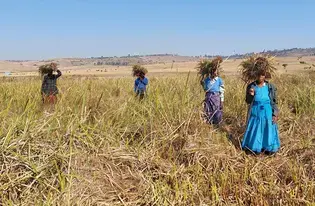Eswatini
June 2024
Latest Updates of Eswatini
Projects in Eswatini
Projects in Eswatini
Our Approach
Agroforestry
Eswatini supports agroforestry practices to provide opportunities for landowners - both large and small - to diversify their production systems in order to be more profitable and to mitigate risk - all the while, enhancing their environmental stewardship, and benefitting their neighbors and nearby communities and towns. Agroforestry sustains land management, productivity and provides food and non-timber forest products for farmers. Agroforestry can provide jobs and increase economic well-being in rural communities. Within a landscape, agroforestry can create transition zones that help "reconnect" agriculture, people, and communities, creating a multi-functional and more sustainable landscape. Within a watershed, agroforestry practices can resemble a living patchwork quilt that connects headwater forests through agricultural lands to urban areas and on to the sea; providing cleaner water for communities - both locally and downstream - and other public benefits, such as those mentioned above.Rehabilitation of degraded lands
A massive effort to have the percent of the country’s arable land that was lost to degradation restored back has brought hope to many farmers in the Kingdom. This is due to the fact that some of the degraded lands are now restored and used at their full potential. The government is committed to restoring or rehabilitating degraded and deforested landscapes to bring back their natural functions as well as to increase productivity for food security.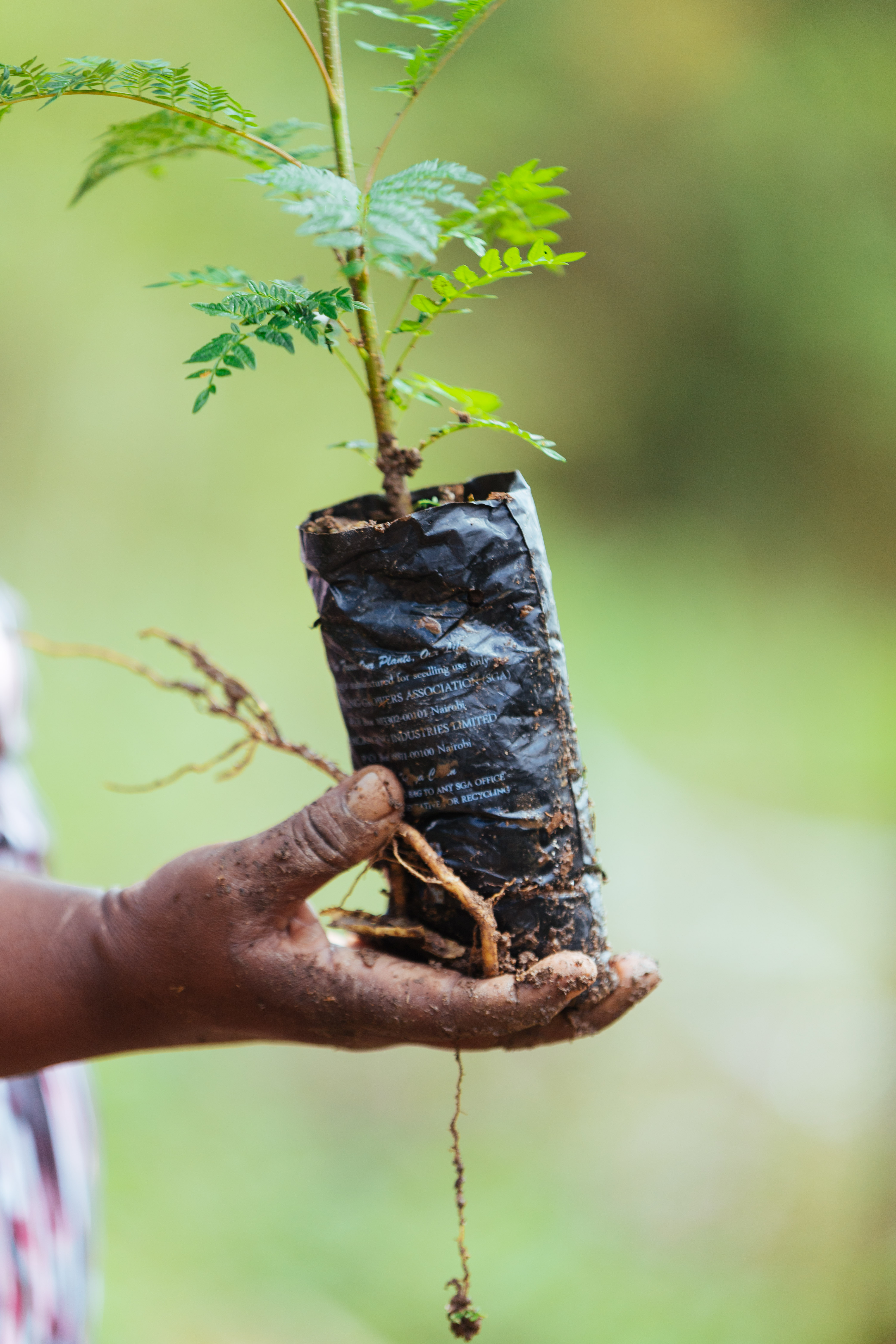
Steps to Success
Stakeholder involvement
LDN serves as an effective vehicle for delivering on the Sustainable Development Goals (SDGs) in Swaziland, particularly Goal 15; “to protect, restore and promote sustainable use of terrestrial ecosystems, sustainably manage forests, combat desertification, and halt and reverse land degradation and halt biodiversity loss”. Eswatini has established a close collaboration between the leading Ministry i.e. the Ministry of Agriculture, the LDN National Working Group and various stakeholders made up of individual experts, government representatives, civil society, academia community, UN Agencies and the private sector in the LDN. Involvement of all stakeholders accelerates implementation and ownership of the milestones.
A coordinating mechanism/platform
The Swaziland Government Aid Coordination Unit under the Ministry of Economic Planning and Development was requested to provide further information on LDN related national projects. Eswatini has established a working group that coordinates mechanisms of implementations. The cross-sectorial task force which includes representation from public service, private sector, academia, research institutions and Non-Governmental Organizations (NGOs) are timely coordinated to set annual targets or to make progress on implementation.
Capacity building
By building capacities of people in Zambia who are in a key position to make real changes on the ground is vital to be successful in managing land in a sustainable way, preventing land degradation and restoring already degraded ecosystems. Technical staff will be trained in all important components of LDN (sustainable land management and production, smart agriculture, afforestation, etc) to be achieved in 2030.
Partnership
For Swaziland to be in a position where LDN is achieved by 2030, it needs to maintain a strong partnership and collaboration among the technical and financial supporters and increase the amount of healthy and productive land resources, in line with national development priorities. The government has clearly involved in good partnership with its development partners, friend countries, NGOs, communities, CSOs etc. to pave the way for implementers to achieve LDN by 2030.
Key Milestones


Our Vision
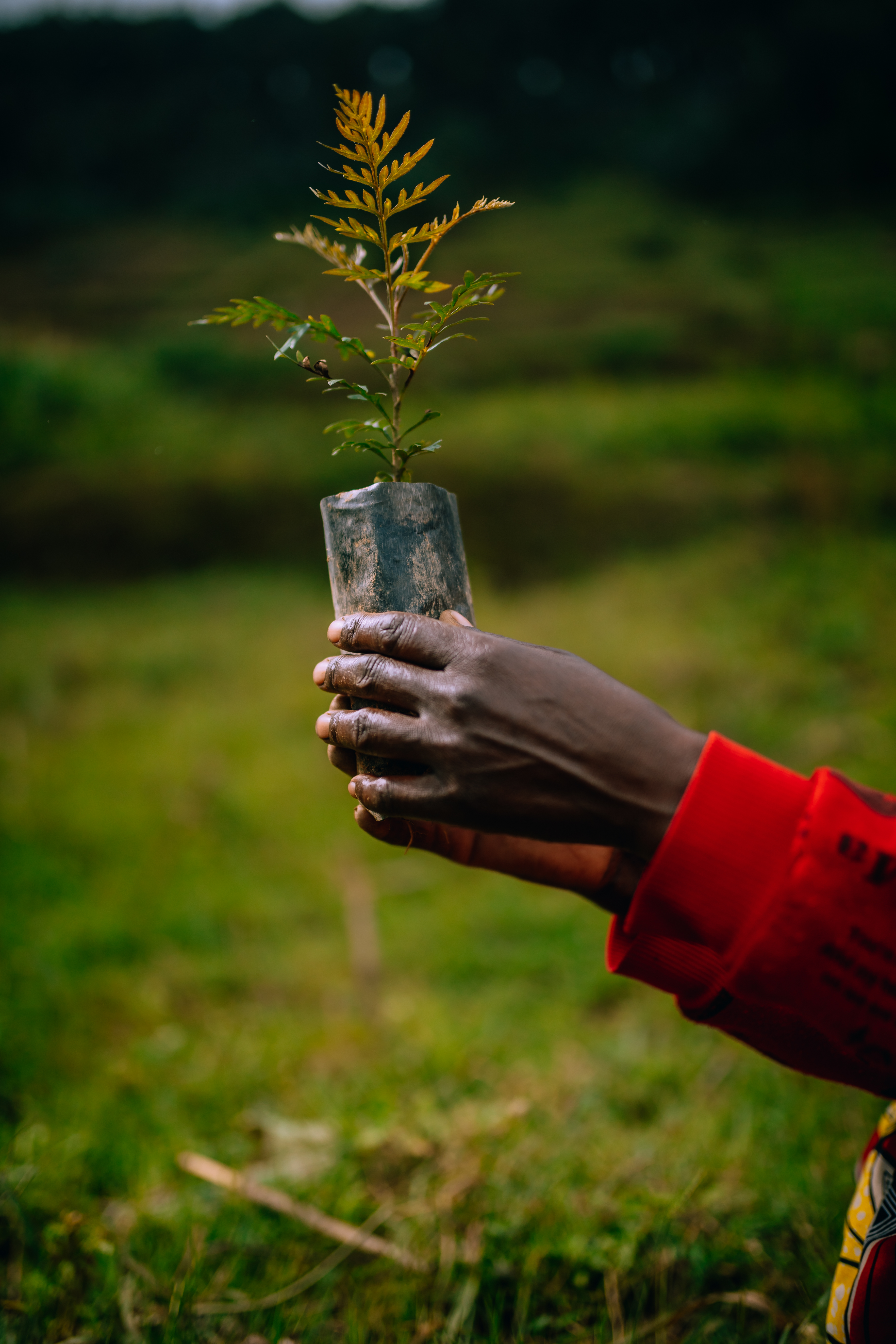
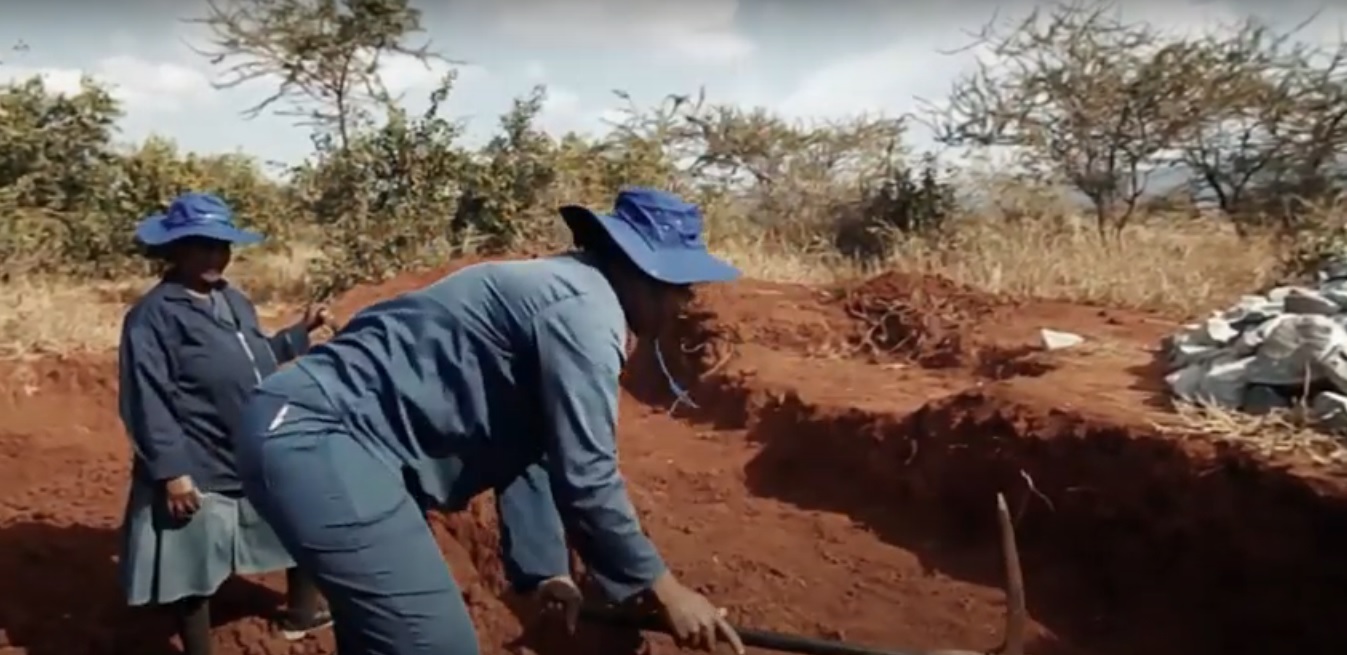

Swade Land Degradation In Eswatini 2019
Resources
in Eswatini
